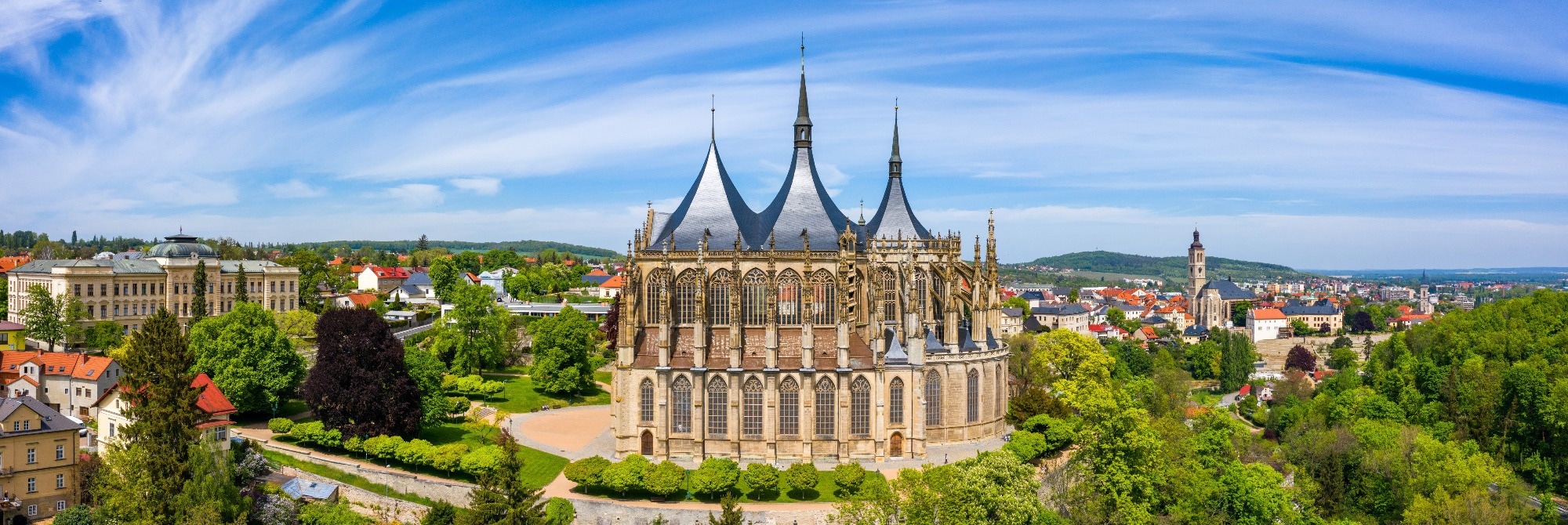In a paper published in the journal Sustainability, researchers tackled the United Nations Educational, Scientific and Cultural Organization (UNESCO) World Heritage Sites (WHS) classification by using the multilayer perceptron (MLP) and radial basis function (RBF) neural networks for determining the advantages and disadvantages of their applications.
 Study: AI-Based Classification of UNESCO World Heritage Sites for Sustainable Tourism. Image credit: DaLiu/Shutterstock
Study: AI-Based Classification of UNESCO World Heritage Sites for Sustainable Tourism. Image credit: DaLiu/Shutterstock
Based on the results, both the correlation attribute evaluator (CAE) and relief attribute evaluator (RAE) concurred that the region and inscription date stand out as the primary features in the UNESCO WHS classification. The classification of an extensive dataset for sustainable tourism using either MLP or RBF gives rise to a trade-off scenario, entailing the consideration of evaluation time and accuracy. This informs the selection of classification techniques for sustainable tourism and preservation.
Background
The UNESCO WHS holds immense cultural and natural significance carefully protected its universal value. With 1157 sites across 167 countries, these landmarks are crucial for sustainable tourism, aiding conservation and local development. While beneficial, tourism poses challenges like overcrowding and environmental impact. Researchers aim to manage this balance by utilizing artificial neural networks (ANN) for site analysis and sustainability. ANN offers advantages in data analysis, identifying unique features, optimizing visitor experiences, and planning strategies. However, caution is needed due to data limitations and variability. Manual classification methods are time-consuming and inconsistent.
Related work
Past studies underscore the cultural and natural heritage preservation significance of UNESCO WHS, emphasizing the intricate balance between sustainable tourism and conservation. Recent research explores how artificial intelligence (AI) can optimize visitor management, heritage preservation, and sustainable tourism planning. Optimization algorithms within ANN are acknowledged as pivotal for resolving static optimization problems. The study introduces a new WHS classification dataset, focusing on input variable choice and ANN efficiency comparison. This research addresses prior research gaps by pinpointing crucial variables and evaluating ANN performance and provides valuable field insights.
Proposed method
The input variables considered for classifying UNESCO WHS through methods like RBF or AI have been extensively used. These variables encompass a diverse set of physical and environmental factors, including parameters like proximity to urban centers, accessibility, road density, terrain characteristics, elevation, climatic conditions, vegetation type, soil properties, as well as geographical information like longitude, latitude, region, state, and the date of inscription. Various studies have utilized these variables to differentiate and forecast the classifications of WHS based on their cultural, natural, or mixed characteristics. The selection of input variables is determined by research goals, data accessibility, and the planned analytical approach.
However, it is important to highlight that the dataset introduced in this study takes a unique approach, which concentrates on input variables such as geographic location, inscribed date, administrative region, and related administrative attributes. This dataset offers a more focused and specific examination of selected input variables, which differs from the comprehensive incorporation of various physical and environmental factors in earlier studies. While excluding some commonly employed environmental factors, this emphasis on administrative data suggests a unique angle for understanding the classification of WHS. This approach aims to investigate the influence of geographic and temporal attributes on classification results through a deliberate selection of input variables. This potentially reveals the insights that could remain less conspicuous with a broader array of factors under consideration.
Experimental Analysis
These findings shed light on the significance of attribute selection in classifying UNESCO WHS. This study investigated the influence of diverse input variables on the classification outcomes by employing two distinct techniques: CAE and RAE. CAE highlighted the importance of latitude, region, and inscribed date, while RAE emphasized the significance of region, states, and inscribed date. This underscores the relevance of geographic and temporal attributes in distinguishing and predicting the classifications of WHS based on their cultural, natural, or mixed characteristics.
Moreover, this method delved into the influence of the number of folds in the context of classification through RBF networks. The study utilized cross-validation, a widely adopted technique for assessing the generalization performance of machine learning models. The comparison between RBF and MLP techniques revealed varying strengths. MLP exhibited longer initial evaluation times but achieved higher overall accuracy. The selection of attributes and feature selection method played a crucial role in determining whether RBF or MLP was more suitable. The comprehensive insights of this method aid in understanding the intricate relationship between attribute selection, model choice, and classification accuracy in the context of UNESCO WHS classification.
Conclusion
In summary, this research employs ANN to classify UNESCO WHS and introduces a dataset with input variables like inscribed date, region, and more. It compares MLP and RBF neural network techniques by highlighting their performance differences and the importance of feature selection. The study underscores the significance of sustainable tourism and suggests RBF's efficiency for big data research. Theoretical contributions lie in applying ANN to WHS classification and promoting sustainable tourism. However, further research is needed to explore additional input variables and neural network methods.